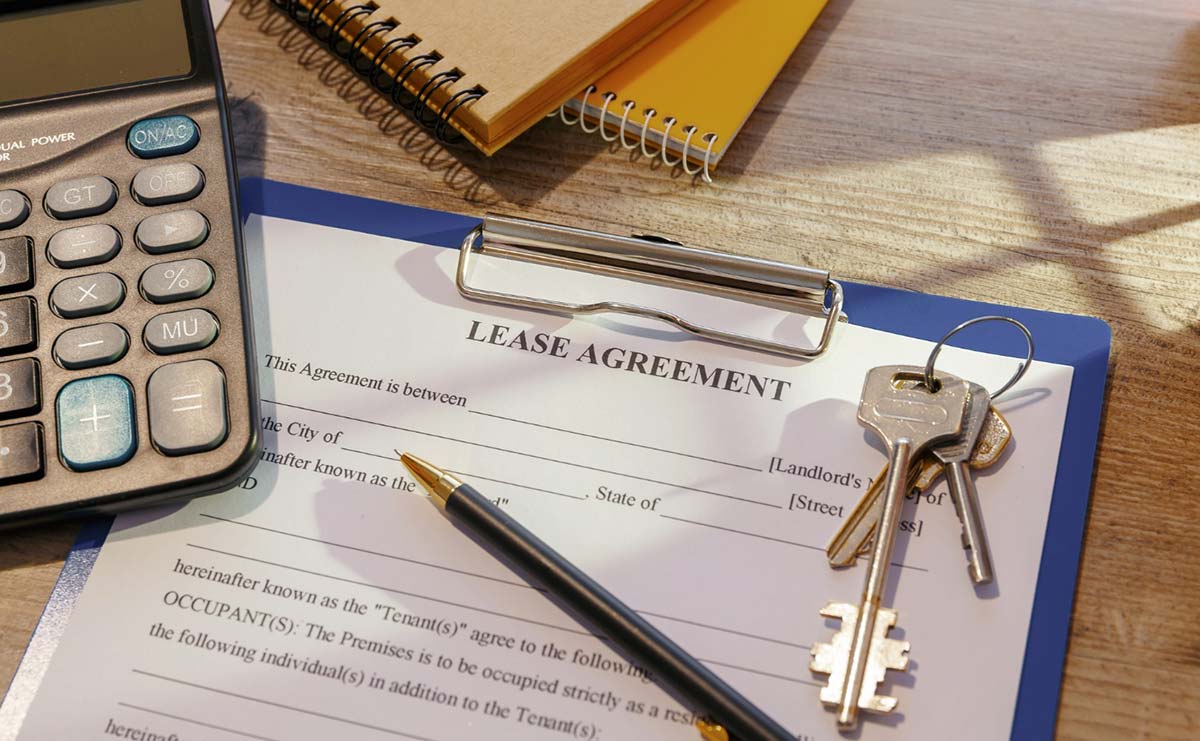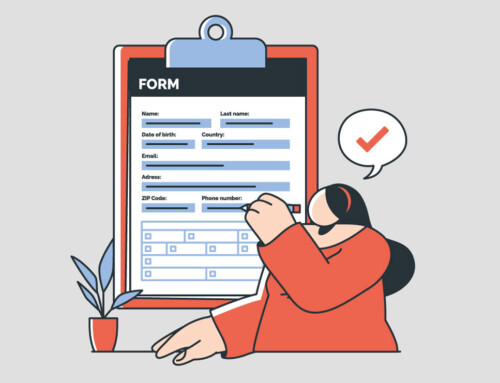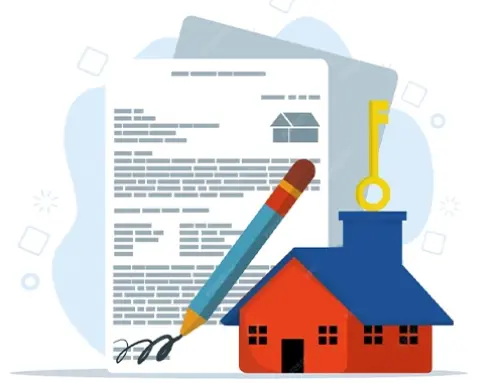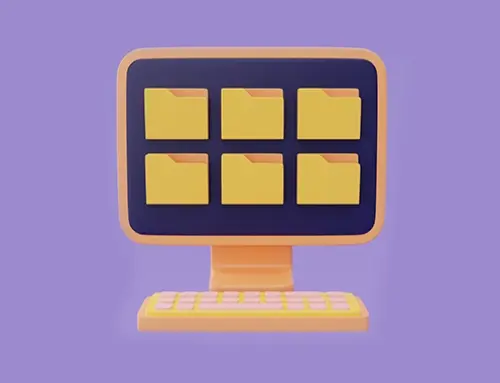Contents
Lease versus Rent: A Detailed Comparison of Differences and Similarities
When deciding whether to lease or rent a property, it is crucial to understand the distinctions between these two contractual arrangements, as they cater to different needs and situations. Leasing typically involves a longer-term commitment, often spanning several years, with terms that are more rigid but potentially include options to buy or renew. Renting, on the other hand, is generally more flexible, offering shorter-term durations like monthly or yearly agreements, making it ideal for those seeking temporary accommodation or who need the freedom to move without long-term constraints. Both options come with their own set of financial and legal implications, making it essential for parties on either side of the agreement to carefully consider their circumstances and priorities before entering into a contract.
What is a Lease?
A lease is a legal contract between two parties, typically referred to as the lessor (the owner or landlord) and the lessee (the tenant or renter), where specific terms and conditions for the rental of an asset are outlined. The asset can be real estate, such as an apartment or a commercial building, or personal property, like a car or equipment. A lease is a binding contract, and failing to meet the terms can have legal consequences. For tenants, this might mean eviction or financial penalties, and for landlords, it could involve legal action to enforce the lease or address violations. In essence, a lease agreement sets out the legal terms under which one party agrees to rent property from another party. It guarantees the lessee’s use of an asset and guarantees the lessor regular payments for a specified period in return.
Key Elements of a Lease
Asset Description: The lease clearly identifies the asset being leased, whether it’s property, a vehicle, equipment, or another type of asset.
Term of Lease: The duration of the lease is specified, indicating when the lease starts and when it ends. This can range from short-term (months) to long-term (several years), depending on the asset and agreement.
Payment Terms: This includes the amount of rent or lease payments, due dates, and methods of payment. It also specifies whether there are any conditions for payment adjustments, such as annual increases.
Security Deposit: Many leases require a security deposit to cover potential damages to the leased asset or unpaid bills. This deposit is typically refundable at the end of the lease term if the asset is returned in good condition.
Rights and Responsibilities: The lease outlines the responsibilities and rights of both the lessor and lessee. For tenants, this might include obligations like maintaining the property and paying utility bills. For landlords, responsibilities could include building maintenance and providing a habitable environment.
Use of Asset: The lease specifies how the leased asset can be used. For real estate, this may include restrictions on subleasing, types of allowable business activities, or pet policies. For vehicles or equipment, it might detail permissible usage or mileage limits.
Termination Conditions: The lease describes under what circumstances the lease can be terminated before the end of the term, along with any penalties or procedures for early termination.
Types of Leases
– Operating Lease: Common for equipment and vehicles, an operating lease allows the lessee to use the asset for a shorter period that is less than the economic life of the asset, without an option to own.
– Finance Lease (Capital Lease): Often used for long-term leasing of equipment and vehicles, a finance lease typically spans a significant portion of the asset’s useful life and includes options to purchase the asset at the end of the lease term.
– Real Estate Lease: Includes residential leases (apartments, houses) and commercial leases (office spaces, retail locations). Terms can vary significantly based on whether the lease is for residential or commercial use.
What is a Rent?
Rent refers to the payment made by a tenant to a landlord for the use of property or land. Typically associated with leasing agreements for residential or commercial properties, rent is a periodic fee, usually paid monthly, that allows the tenant to occupy and use the property. Rent can be subject to increases based on the terms of the rental agreement or as governed by local laws. For example, many cities have regulations that limit how much and how often rent can be increased, especially in rent-controlled or rent-stabilized housing. In addition to regular rent payments, tenants are often required to pay a security deposit at the start of their tenancy. This deposit serves as a financial assurance for the landlord to cover damages or unpaid rent and is usually refundable at the end of the lease term, provided the property is left in good condition.
Key Elements of Rent
Payment Terms: Rent is usually paid at regular intervals, commonly on a monthly basis. The amount is agreed upon in the rental or lease agreement and remains fixed unless adjusted by subsequent agreements or according to rental laws, such as annual increases.
Purpose: The primary purpose of rent is to compensate the property owner for the use of their property. It is one of the main obligations that tenants must fulfill to maintain their right to use the property.
Legal Obligations: Rent is a fundamental part of the lease or rental agreement that legally binds the tenant to make regular payments. Failure to pay rent can lead to eviction and other legal actions.
How Rent Works in Different Contexts
Residential Rent: In a residential context, rent allows a tenant to live in a house, apartment, or other types of dwelling. The landlord may also include other costs in the rent, such as utility charges, maintenance fees, or amenities.
Commercial Rent: For commercial properties, rent is paid for the use of premises for business purposes, such as offices, retail spaces, or warehouses. Commercial rent agreements may include terms that are different from residential leases, like triple net leases where tenants pay for maintenance, insurance, and taxes, in addition to the base rent.
Rent-to-Own Agreements: Some rental agreements include an option to purchase the property after a certain period. These are structured so that a portion of the rent payment contributes towards the purchase price of the property, providing a path to ownership over time.
What’s the Difference between Rent and Lease?
The terms “lease” and “rent” are often used interchangeably in everyday language, but they refer to slightly different legal arrangements regarding the use of property, typically real estate.
Lease and Rent Difference
Duration: The primary difference between leasing and renting is the duration of the agreement. A lease agreement typically covers a longer period, often a year or more. The terms are fixed for the duration of the lease, which means the tenant (lessee) agrees to rent the property for the entire lease term, and the landlord (lessor) agrees to not increase the rent or change other terms during that period. Renting generally implies a shorter-term arrangement, which can be as short as month-to-month. This gives both the tenant and landlord more flexibility. The landlord may change the terms, such as the rent amount, with proper notice, depending on local laws.
Legal Terms: The specifics of the agreements can also differ. Lease agreements are more formal and are typically detailed, specifying maintenance responsibilities, regulations regarding pets, subleasing conditions, and other specific clauses. Breaking a lease can carry significant penalties unless the lease provides specific allowances for early termination. However, rental agreements might be less formal and provide rent terms that are easier to change. They tend to be more flexible but offer less long-term security compared to leases.
Renewal: The process of renewal varies between leasing and renting. At the end of a lease term, the tenant has to decide whether to sign a new lease or move out, or sometimes the lease can convert to a month-to-month rental agreement if allowed by the terms of the original lease. Rental agreements, especially those that are month-to-month, renew automatically until terminated by either the landlord or tenant through a notice given according to the agreement or local law.
Understanding these differences can help in choosing the arrangement that best suits one’s needs, whether for stability and the security of a lease or the flexibility of renting.
When to Lease or Rent
Choosing whether to lease or rent depends on your specific circumstances and needs. Here are some examples to illustrate when one might be more advantageous than the other:
When to Lease
- Long-Term Stability: If you need a stable home for a longer period, such as when you are moving to a new city for a job that is expected to last several years, a lease is preferable. It ensures your rent will not increase and you will not need to move unexpectedly.
- Family Planning: For families with children, a lease provides stability and security, allowing children to have a consistent school and social environment without the risk of having to move due to a change in rental terms.
- Business Premises: For commercial properties, businesses often prefer leases to ensure that they can maintain their customer base and not have to relocate frequently. Long-term leases can also be crucial for securing financing for business operations.
- Customization: If you wish to customize or upgrade the property, such as painting or making other improvements, a lease might be better because it justifies the investment over a longer time.
When to Rent
- Short-Term Needs: If you are not sure how long you will need to stay in a place, such as during a temporary job assignment, or while attending a short course, renting on a month-to-month basis can provide the flexibility you need.
- Testing a New Area: If you are considering moving to a new city or a different neighborhood, renting allows you to explore the area without committing to a long-term lease. This way, you can decide if it suits your lifestyle before making a more permanent decision.
- Financial Uncertainty: If your income is variable, such as if you work freelance or are in an industry with cyclical employment, renting might offer the flexibility to downsize if necessary without the penalties associated with breaking a lease.
- Ease of Moving: Renting is typically less complicated to terminate, giving you the freedom to move quickly for opportunities or personal reasons without the legal and financial constraints of breaking a lease.
Both leasing and renting have their advantages, depending on the stability and flexibility you need. Deciding which option is best for you involves considering your long-term plans, financial situation, and personal needs.
Benefits and Drawbacks of Leasing
Leasing, whether it is a vehicle, property, or equipment, offers both benefits and drawbacks. The decision to lease rather than purchase outright depends on various factors including financial circumstances, personal or business needs, and long-term goals.
- Benefits of Leasing
Lower Initial Costs: Leasing typically requires less upfront payment compared to purchasing. For example, car leases often require a smaller down payment and sometimes even none at all.
Lower Monthly Payments: Leases can offer lower monthly payments because you are essentially paying for the depreciation of the item during the lease term, rather than the full purchase price.
Tax Benefits: In many cases, leasing can provide tax advantages, especially for businesses. Lease payments can often be deducted as a business expense, which can reduce the overall tax burden.
Flexibility: Leasing provides flexibility, especially in terms of committing to a long-term investment. It is easier to upgrade or change leased items like cars or technology, which can be beneficial in rapidly evolving industries.
Maintenance and Repairs: Many lease agreements include maintenance and repair services, which can reduce the hassle and cost of upkeep, particularly in automotive and equipment leases.
- Drawbacks of Leasing
No Ownership: The biggest drawback is that you do not own the asset at the end of the lease, unless you opt to buy it, which can make it a more expensive option in the long run if you always choose to lease.
Mileage and Usage Restrictions: Leases often come with mileage limits (especially vehicle leases) and conditions on how the leased property can be used, which can be restrictive depending on your needs.
Potential Additional Costs: At the end of a lease, you might face additional costs for wear and tear or for exceeding mileage limits. These end-of-lease costs can sometimes be unexpectedly high.
Long-term Costliness: Over time, continuously leasing can end up being more expensive than purchasing an item outright, particularly if you lease high-value items like cars repeatedly.
Contractual Obligations: Breaking a lease can come with heavy penalties. You are generally committed to making all payments for the full lease term, which can be a disadvantage if your circumstances change.
Deciding whether to lease or buy depends heavily on individual circumstances, including financial situation, how long you intend to use the item, and how you plan to use it. For some, the flexibility and lower upfront cost of leasing are attractive, while for others, the long-term benefits of ownership outweigh the initial savings of leasing.
Benefits and Drawbacks of Renting
Renting property, like leasing, is a financial decision that offers its own set of advantages and disadvantages compared to buying a home or office space. Whether renting is more suitable than buying often depends on personal circumstances, financial status, and future goals.
- Benefits of Renting
Flexibility: Renting provides flexibility in terms of relocation. If you are likely to move frequently for work or personal reasons, renting can be a more convenient option than buying a home, which involves a long-term commitment and the complexities of selling when you move.
Minimal Maintenance Responsibilities: Typically, major maintenance and repair responsibilities fall on the landlord, not the tenant. This reduces the burden of home upkeep and unexpected repair costs for renters.
Lower Initial Costs: Renting usually requires less money upfront compared to buying a home. Typically, renters pay a security deposit and the first month’s rent, rather than a large down payment required in buying.
No Real Estate Market Risk: Renters are not directly affected by fluctuations in property values, which can be particularly advantageous in unstable or declining markets.
Fixed Rent Amount: Rent amounts are fixed for the duration of the lease agreement, which can help in budgeting without worrying about property tax hikes and homeowners insurance adjustments.
- Drawbacks of Renting
No Equity Building: One of the major drawbacks is that paying rent does not build equity. The money spent on rent is a cost with no financial return, unlike mortgage payments that contribute to property ownership.
Restrictions on Personalization: Renting often comes with limitations on how much you can modify or personalize the space. Landlords may not allow changes to the paint colors, installations, and renovations.
Potential Instability: Unless protected by local tenancy laws, renters can face uncertainty at the end of each lease term, including potential rent increases or the need to vacate if the landlord decides to sell the property or change its use.
Variable Rent Increases: Upon lease renewal, rent can increase depending on the market and landlord’s discretion. This potential for increasing rent can make long-term budgeting more difficult.
Dependency on Landlord: Renters rely on their landlords to address and resolve maintenance issues. If a landlord is unresponsive or reluctant to make repairs, it can affect the quality of living.
The decision to rent rather than buy should take into account your financial readiness, stability of your job, lifestyle preferences, and long-term goals. While renting offers less financial burden upfront and greater flexibility, it does not provide the financial benefits of equity growth and could involve some uncertainty and restrictions.
Conclusion
In conclusion, understanding the distinctions between leasing and renting is crucial for anyone looking to make an informed decision about their housing or asset management strategy. Leasing often entails a longer-term commitment with a fixed duration and specific terms, making it suitable for those looking for stability and the possibility to purchase the asset at the end of the term. On the other hand, renting provides more flexibility with typically shorter-term commitments and easier exit strategies, ideal for those who require temporary solutions or frequent mobility. Both leasing and renting offer unique financial and legal implications, and the choice between them should be guided by an individual’s or business’s specific needs, financial situation, and long-term objectives. Understanding each option’s benefits and drawbacks ensures that tenants and landlords can enter into agreements that best suit their circumstances, thereby fostering a mutually beneficial relationship.
Frequently Asked Questions
1- Is leasing the same as renting?
Leasing and renting do share similarities, particularly in that both involve using someone else’s property for a specified period in exchange for periodic payments. However, there are distinct differences between the two, particularly in terms of the types of assets involved, the duration of the agreements, and common practices in each. While leasing and renting both involve the use of property owned by another party, the terms and conditions, type of assets, and typical use cases can vary significantly between the two.
2-What does leasing a house mean?
Leasing a house refers to the formal agreement in which a tenant agrees to rent a property from a landlord for a fixed period, typically for a term of one year or more. This agreement is bound by a lease, which is a legally binding contract that outlines specific terms and conditions agreed upon by both the tenant and the landlord.
Disclaimer: The content provided on this blog is for informational purposes only and does not constitute legal, financial, or professional advice.






